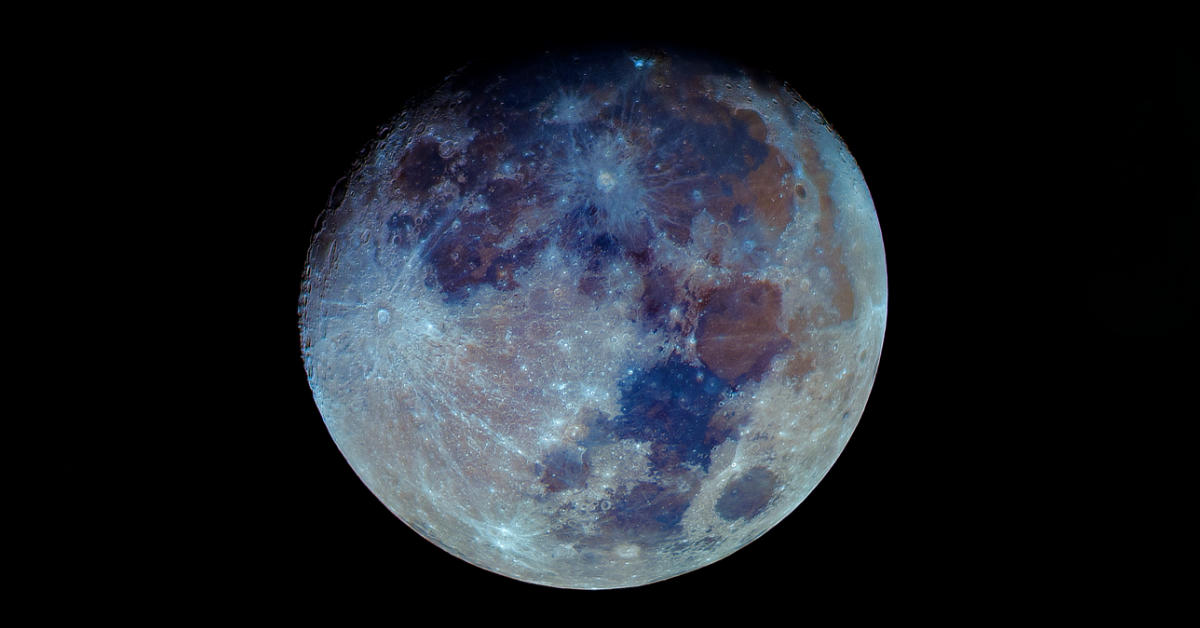The presence of glass beads on the moon has long fascinated scientists and researchers, eager to obtain important information about the history of the satellite, the composition of its mantle and the events on its surface. And today these same glassy spherules bring us a truly significant fact: an enormous quantity of water would be found on the Moon.
A giant tank
About 270 trillion million kilograms of water they would be present on the Moon, in a tank that has remained unknown until now. The discovery, published in Nature Geoscience by an international research team, led by the Chinese Academy of Sciences, opens new perspectives for astronauts, who could extract this resource directly from the lunar surface.
The research not only confirms the presence of water reservoirs on the Moon, but offers an explanation of the water cycle involving the surface layer of the satellite. The analysis of the lunar samples, i.e. of the glass beads collected during the Chang'e 5 mission (2020), has highlighted a particularly suggestive dynamic.
The moon, which does not have the protection of the atmosphere, is bombarded by tiny meteorites. The heat produced by the impact melts the lunar surface material, which cools in the form of glass beads. The latter absorb the hydrogen and oxygen molecules, trapping the water.
The role of the solar wind
In particular, water is formed thanks to the flow of charged particles emitted by the upper atmosphere of the Sun, the so-called solar wind. Hydrogen is produced from this wind, while oxygen is already trapped in the Moon, inside rocks and minerals.
From the study of pearls of glass we can therefore deduce a sustainable water cycle on the moon, favored byinteraction between solar winds and the lunar surface.
In the light of this discovery, all that remains is to ask what the next incredible scenarios of space exploration will be.
Source: wired.it



